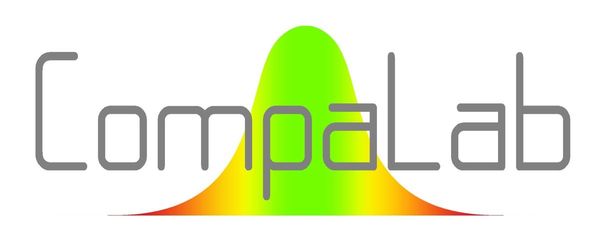How too choose the number of QCRM to order
The number of batches you need depends on how you intend to use QCRM. This number may be different depending on whether:
- The test is destructive or not;
- You want to control one or more operators and/or one or more machines or use a different number of repetitions from that recommended.
Non-destructive testing:
Some tests can be carried out a very large number of times on the same sample (e.g. chemical analyses). In this case, the QCRM kit contains a number of samples equal to that supplied for the corresponding CIL. This kit allows as many control points and qualifications to be carried out as the laboratory requires.
However, for certain methods of analysis, the laboratory may also wish to monitor the test sample preparation process and this process may be destructive. This should be taken into account when ordering QCRM kits.
Similarly, some tests may be "semi-destructive". For example, for hardness tests, the number of test results that can be obtained is large but not unlimited. It depends on the scales that the laboratory wishes to test. The laboratory must therefore take into account the scales it wants to test and the dimensions of the QCRMs supplied to determine the number of kits to order.
Destructive testing:
When the execution of the test requires the destruction of a specimen, the QCRM kit contains in most cases a number of samples equal to 4 times the number of samples of the corresponding CIL. The actual number is given in the QCRM description available on the CompaLab website.
This number normally allows 12 points to be determined on the control charts with the recommended number of repetitions (2 in most cases, 4 when the test is highly dispersed). The number of points on the control charts can be increased to 24 by reducing the number of repeats to 1, but the repeatability control chart will then no longer function.
If the laboratory wants to create control series of more than 12 points, or if it wants to control several machines or several operators, or if it wants to use the QCRMs for an alternative purpose (as described in the CompaLab documentation), it must order several kits. To calculate the number of kits to order, consider that 12 points on the control charts or 3 qualifications per kit are feasible under the recommended conditions.
When calculating the number of kits to order, you should also check whether an expiry date applies to the QCRMs in question.
If your are in doubt:
Please do not hesitate to contact CompaLab: ilc@compalab.org
